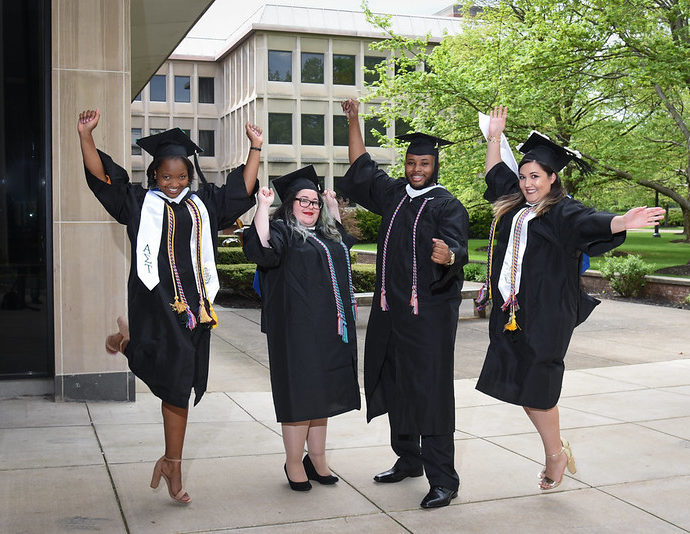The Wealth Gap: How The Education World Fails To Fully Measure Students’ Economic Disadvantage
By Matt Barnum
When Ajuah Helton was a college student, her financial aid package came up a few thousand dollars short. What happened next threw her off course.
Her mom took out a high-interest federal loan that she ultimately couldn’t repay. The next year, her mom wanted to avoid more loans, but didn’t have other funds to tap into. Helton, out of options, left school for a semester to work to make up the difference.
“That’s with a mom who was fully employed, college-educated, but did not come from anything that allowed her to say, ‘Oh $5,000? Let me just go to my bank account or my stock market and pull out a little bit of cash,’” Helton says.
Helton, who is Black, did graduate. She is now the national director of KIPP Through College, a program designed to help students like herself earn college diplomas. But every day, she sees her own story reflected back at her — the absence of family wealth shaping the trajectories of students, particularly Black students.
“That legacy plays out in any number of ways, starting with what a family has access to to pay for education,” said Helton. “Often, there is no mortgage to take out of a home. There is no long-term savings.”
America’s racial wealth gap is massive. The median Black household with children has a net worth of $300, compared to $47,250 for the median white family. Those Black families have 1%, and Hispanic families have 8%, of the average white family’s wealth.
The education world often ignores wealth, though, focusing instead on family income, where racial disparities are smaller. It’s ingrained in how we study efforts to help students at an economic disadvantage and talk about them, too: How are low-income students faring compared to their more affluent peers?
But a small body of new research suggests that wealth matters in a distinct way — and ignoring it means we may be underestimating the extra support that low-wealth students and schools need.
Read the full article here.
